#mughul
Text
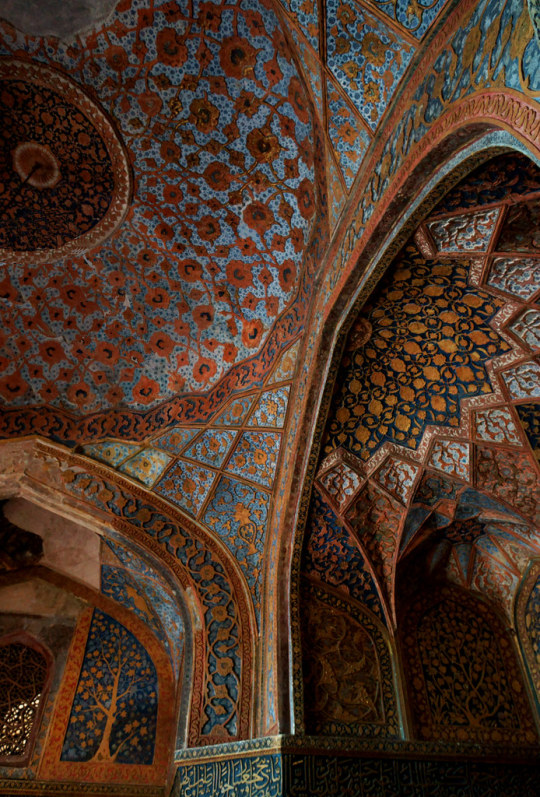
Howard Somerville
Akbar's Tomb, Agra.
519 notes
·
View notes
Text
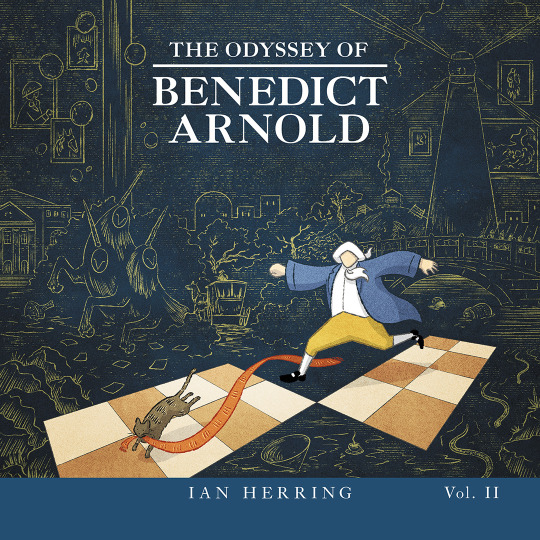

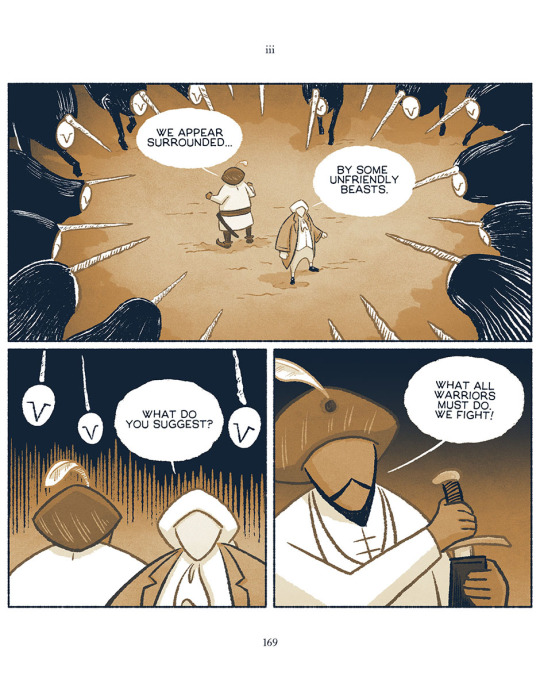

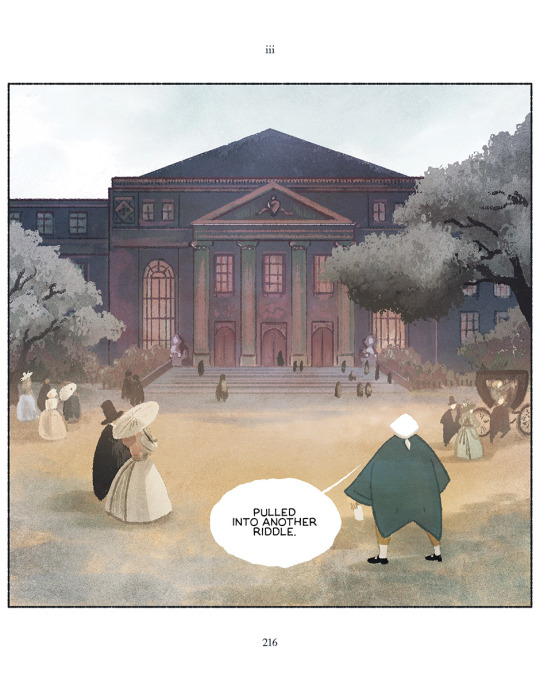

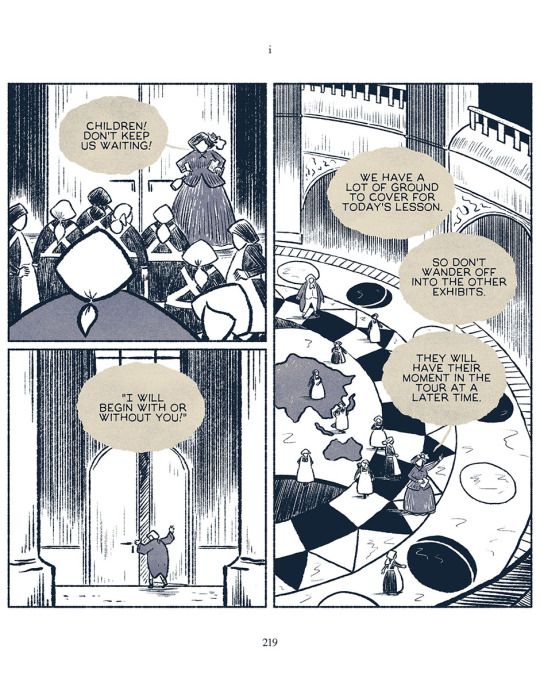
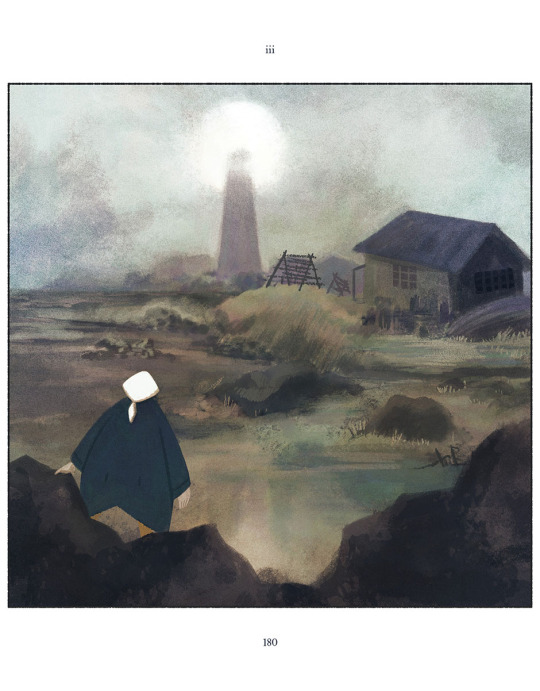
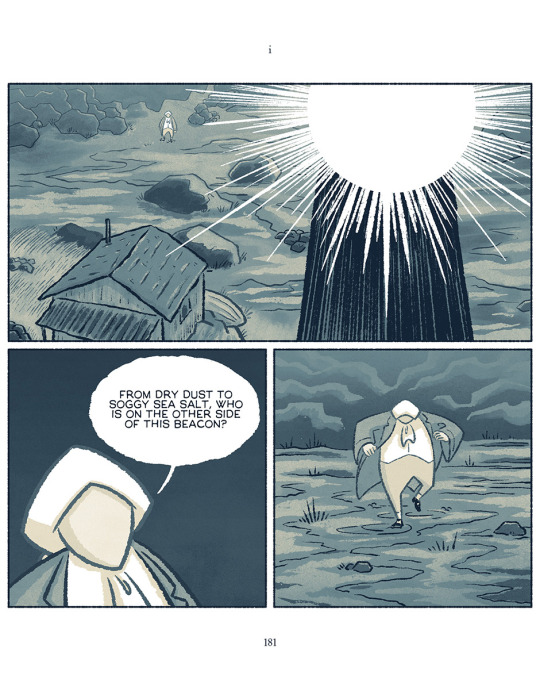

The Odyssey of Benedict Arnold: Vol. II
Available now through most online retailers, bookshop.org, Barnes & Noble, Amazon, and etc.
This is a 160 pg, 6.5 x 6.5" Print-On-Demand softcover edition continues Arnold's journey. This one contains Chapters V - VIII of the story, some extras, and a note!
Check out mongooseandson.com/store for more details and thank you for reading!
#books#comicbooks#biography#history#illustration#webcomics#ian herring#the odyssey of benedict arnold#benedict arnold#mir jafar#shajar al durr#wu sangui#yoshiko kawashima#ming dynasty#qing dynasty#mughul empire#british east india company#mamluk sultanate
2 notes
·
View notes
Text
Agra Fort, situated on the banks of the Yamuna River in the city of Agra, is a UNESCO World Heritage Site that has withstood the test of time for over four centuries. Commissioned by the great Mughal Emperor Akbar in 1565 and later expanded by his successors, including Shah Jahan, the fort encapsulates the grandeur and might of the Mughal Empire.
0 notes
Text
History of Taj Mahal

The Taj Mahal is a breathtaking white-marble mausoleum commissioned by Mughul emperor Shah Jahan for his beloved wife, Mumtaz Mahal. Located on the southern bank of the Yamuna River near Agra, India, the Taj Mahal took 22 years to build and finally reached completion in 1653.
This exquisite monument, considered one of the World's New Wonders, astounds visitors with its symmetry, structural beauty, intricate calligraphy, inlaid gemstones, and magnificent garden. More than just a memorial in the name of a spouse, the Taj Mahal was a declaration of lasting love from Shan Jahan to his departed soulmate.
The Love Story
It was in 1607 that Shah Jahan, grandson of Akbar the Great, first met his beloved. At the time, he was not yet the fifth emperor of the Mughal Empire. Sixteen-year-old Prince Khurram, as he was then called, flitted around the royal bazaar, flirting with the girls from high-ranking families that staffed the booths.
At one of these booths, Prince Khurram met Arjumand Banu Begum, the 15-year-old young woman whose father was soon to be the prime minister and whose aunt was married to Prince Khurram’s father. Although it was love at first sight, the two were not allowed to marry right away. Prince Khurram first had to marry Kandahari Begum. He later took a third wife as well.
On March 27, 1612, Prince Khurram and his beloved, to whom he gave the name Mumtaz Mahal (“chosen one of the palaces”), were married. Mumtaz Mahal was beautiful as well as smart and tender-hearted. The public was enamored with her, in no small part because she cared for the people. She diligently made lists of widows and orphans to ensure that they were given food and money. The couple had 14 children together but only seven lived past infancy. It was the birth of the 14th child that would kill Mumtaz Mahal.
If you want to Read more about Monument Click Here
0 notes
Photo
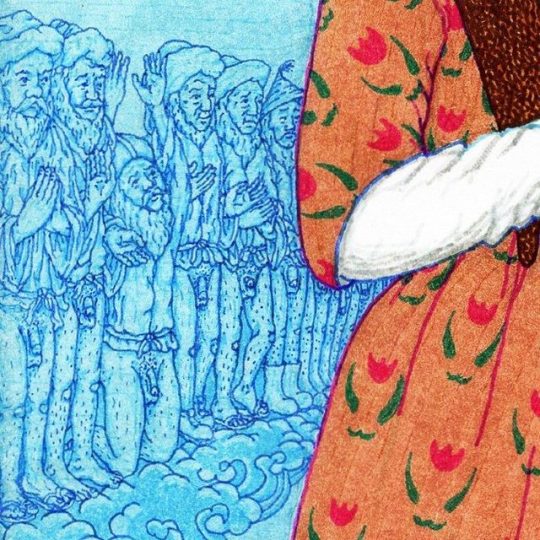
Dicks out, Mr. Tatum @tatumifilify also bought a print of this classic. Detail shot of "The Marriage of Chaos and Cosmos." Prints available here danrayeverett.storenvy.com #eroticart #mughul #indian #miniature #painting #penandink #dicksout (at Philadelphia, Pennsylvania)
3 notes
·
View notes
Photo

Mughul-inspired necklace, Mauboussin, c. 1950 (at ALVR)
158 notes
·
View notes
Text
Evolution of a Legend - Part -1
Anand”,”Abhim
This is an analysis of Leading Actors of the Hindi film in pre-Amitabh Bachchan era and what Amitabh Bachchan brought into the industry.
If we start with the arrivals of the first three superstars ( if we do not consider Ashok Kumar) of the Hindi film industry , Dev Anand , Dilip Kumar and Raj Kapoor all of who started in the late 40s , we basically remember what they brought in with them –
Dev Anand brought in Style ,fashion and portrayed role of happy-go-lucky flamboyant loveable characters with the assistance of great music. We cannot forget him in “Kaala Pani”,”Paying Guest”, “Tere Ghar Ke Samne”, “Jab Pyar Kisi Se Hota Hai”, “Taxi driver” etc. Although later he gave a commendable performance in “Guide” , he mainly focused on care-free happy-go-lucky roles.
Raj Kapoor brought in serious topics into movies – although similar kind of movies had already arrived with Ashok Kumar like “Achhyut Kanya”, “Kismat” etc , Raj Kapoor started directing the movies.His movies had a different form of story telling , very elegant romance and drama. All his movies, be it “Shree 420″,”Anari”,”Aag” ,”Aah",” Mera Naam Joker” etc all had strong and different portrayal of romance. And of course songs were so integral part of the romance. However, he was not very disciplined and always reached very late on the sets.
Dilip Kumar , the strongest ACTOR of the three, brought in pathos , under-playing character and sophistication. Most of the roles he enacted were played with subtlety , “therao” and so my underpaying. Although he had music , but it was secondary to his acting ability. He could easily mold himself to a villager in films like “Naya Daur” or “Ganga Januma” with proper accent and gestures, royals in “Kohinoor” and “Mughul-E-Azam” , fun in “Ram-aur-Shyam” and intense dramas like “Devdas”, “Aadmi” etc.
After them, there came the next generation of actors – Rajendra Kumar, Manoj Kumar,Sunil Dutt, Dharmendra , Raj Kumar, Shammi Kapoor, Sashi Kapoor, Jeetendra from mid-fifties to mid-sixties.
Each of these actors played mainly played light hearted romantic roles in their own styles.
Sunil Dutt was intense and angry (the first angry young man) , who can forget “Mother India”, “Mujhe Jeene Do”,”Insaan Jaag Utha”.
Rajendra Kumar was mainly romantic lead and very dramatic. However , no one can deny his performance in “Gora Aur Kala”.
Manoj Kumar , although did couple of romantic movies like “Patthar Ke Sanam” focused mainly on patriotic movies starting from “Saheed”.
Dharmendra , was mainly a mixture of romance and intensity – “Patthar ke Phool” , “Anupama”, “Satyakam” were fabulous.
Raj Kumar was all dialogues and style – “Waqt”, “Heer Ranjha” , “Neel Kamal”.
Shashi Kapoor , started with a very off-the-path role in “Dharmputra” , did some good romantic movies like “Sharmilee”,”Jab Jab Phool Khile”.
Shammi Kapoor and Jeetendra(called Jumping Jack) initiated dancing ( if we can call them) , with great style and some good music. Who can forget “Caravan” , “Farz” and later Himmatwala,Mawali of Jeetendra . Simliarly Shammi Kapoor gave us huge musical blockbuster like “Teesri Manzil”,”Di Deke Dekho”,”Junglee”.”Janwar” etc.
Next evolved Rajesh Khanna , the so called 1st superstar of Hindi Film Industry with fanatic fanfare and 3 years of all blockbuster movies. He came with style , melodrama and some great great music.He tried with some successful subtle performances with “Anand” , “Amar Prem” , “Aavishkaar”, etc , but he started getting monotonous. His discipline was questionable and he never reaches the sets in time.Also, the sudden success got to his head and he misused it.
What we know less about these actors are :-
a> Discipline
b> Professionalism
c> Method acting ( Dilip Kumar stands out)
d> Compete commitment
e> Use of Voice
f> Use of singing ability and lip syncing ( Dev Anand was perfect in lip- syncing)
g> Dance
Amitabh Bachchan came with all of these.
Amitabh Bachchan started in 1969 with “Saat Hindustani” , had only 1 hit movie (thanks to Rajesh Khanna) called Anand and a stray of simultaneous flops till “Zanjeer” (his 13th film) and “Abhimaan” (14th Film) both in 1973 , we see 2 sides of his acting skills – intense, angry no-nonsense in Zanjeer and an intense role in Abhimaan.
However, we should understand how Amitabh Bachchan arrived.
Not going very far into his background, we know that he is the son of legendary Hindi poet Dr Harivash Rai Bachchan and Teji Bachchan who came from noble family.
His upbringing was a mix of intellectualism and fighting attitude.
He worked for a company in Kolkata for a couple of years and came to Mumbai to be in films.
When he started working in films , he did a film called Pyar Ki Kahani in 1971. There was a scene in the movie where he was to kill the veteran actor Shri OmPrakash ji. After the killing shot , Om Prakashji told the unit that he very surprisingly saw in him British way of method acting and said to all that Amitabh would go very far.
Simliarly, Pran ji also recommended him to film writers Salim-Javed (who wrote films like Andaaz,Hathi Mere Sathi,Zanjeer,Deewar,Sholay,Kala Patther,Trishul,Shakti,Arjun,Mr India,Naam etc) the writer duo ,who went to see him in film Bombay-to-Goa and selected him watching an action scene in the movie.
Hrishikesh Mukherjee, the legendary film-maker cast him in Guddi (Jaya’s first film – a women oriented movie) saw his talent , removed him from Guddi and cast him with a very powerful role in Anand. Although , Rajesh Khanna took away all the accolades in the movie, Amitabh was recognised and he received his first filmfare award for best supporting actor role. Hrishikesh Mukherjee and Amitabh worked in classics like “ Anand”,”Abhimaan”,”Mili”,”Namak Haram”,”Chupke Chupke”,”Jurmana”,”Bemisaal”,”Alaap”.
During his struggling days, Amitabh had no money and hence, started working even as junior-artist. Sashi Kapoor in those days was acting in a Merchant-Ivory production film called Shakespearwala. Amitabh , to earn his living participated in a crowd sequence( a funeral scene) ,where Sashi Kapoor saw him , called him out and said that such roles were not for him – he should wait and he will get good roles. Sashi Kapoor even edited the scene where Amitabh was present , so that no one even had a glimpse of him.
So even when Amitabh was giving flops one after the other , his talent got noticed.
2 notes
·
View notes
Photo

Mughul Entrance Art Print Art Inspired Living. Shop our latest art prints via @society6 → https://society6.com/83oranges?curator=83oranges OR Shop exclusively signed art prints via the artist's studio → https://83oranges.com/shop/mughul-entrance-signed-art-print/?feed_id=1009&_unique_id=6064df503a16c . . . #83oranges #artforsale #artinspiredliving #artprints #society6 #illustration #modernbohemian #artprintstore #artshop #artist #painting #wallart #walldecor #artprintshop #artprintsale #artprintsavailable #supportindependentartists #homedecor #creativespace #jungalow #womenwhodraw #illustratenow #procreate #illustrationoftheday #originalartwork #urbanjungle #creativespace #contemporaryart #emergingartist
3 notes
·
View notes
Photo

Incredible India 2015. At one corner of the Fatepur Sikri historic site in Uttar Pradesh is this tower, probably the Hiran Minar. I’ve had the good fortune to visit Fatepur Sikri twice, once in 1997 and again in 2015. Fatepur Sikri was once the capital and royal palaces of the Mughul Emperors, one of a string of royal palaces and forts of the empire stretching from the Agra area, up to Delhi.
#ahstitt.com#fatepur sikri#mughal empire#mughal palace#mughal architecture#hiran minar#agra#uttar pradesh#india
3 notes
·
View notes
Photo

Título: Panel con motivo del árbol de la vida, siglo XVII
Artistas; Artista desconocido
Detalles:
Otro título: Panel tallado
Lugar donde se realizó el trabajo: Norte de la India → India
Origen cultural: Mughul
Período: Imperio mogol circa 1526-1857 → India
Fecha: siglo XVII
Categoría de medios: Elemento arquitectónico
Materiales usados: arenisca blanca
Dimensiones: 282,0 x 114,0 cm
Fecha de firma: No firmado. Sin fecha
Crédito: Comprado 1998, Art Gallery NSW
3 notes
·
View notes
Text
Razakars, Hyderabad and the Nizam's Bid for Independence
Escorts in karachi
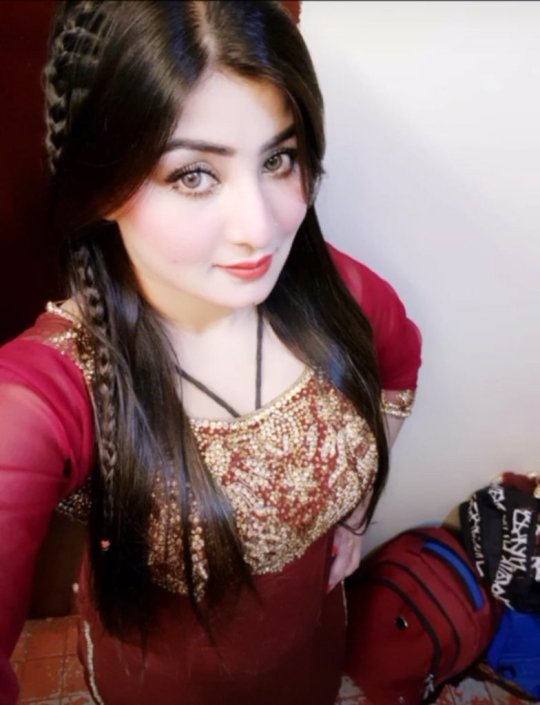
Before we can discuss the problem created by the Nizam of Hyderabad in 1947-48, we have to have a look at history. Hyderabad state was the biggest state in India, but it had a majority Hindu population( 93%), but a Muslim ruler. The state was part of the Mughul empire under Aurangzeb. The emperor had himself campaigned extensively in the Deccan and Hyderabad was an important part of the Mughal empire. Click this site Escorts in karachi
Aurangzeb died in 1707 and after his death, the empire was greatly weakened. This was the time when a Muslim governor appointed by the Mughuls Asif Jah, who had been granted the title of Nizam-ul-Malik rebelled.He broke free from Mughal rule in 1724 and declared independence. He was also the first Indian ruler who signed an agreement with the East India company for their protection under a subsidiary alliance as proposed by Lord Wellesley.This was the start of the Nizam dynasty. This dynasty was in power when British rule lapsed in 1947.
Dreams of Independence
In 1947 the Nizam was Osman Ali Khan. He ruled over a predominant Hindu state, but he was a rank communalist and furthered the Muslim cause. He did not wish to accede to the Indian union and negotiated a 'Stand still ' agreement with the new Indian government.
In addition, he began to beef up his armed forces, by recruiting Muslims from Pakistan, Bihar, and UP to form an irregular militia. This militia was called the Razakars and their commander was Sayed Kasim Razvi, an official of the Nizam's court. He was a lawyer by profession but was a close friend of the Prime Minister, Mir Laiq Ali. He had great influence in court and he fed the Nizam rosy dreams of independence. He was also confident that Hyderabad would survive an Indian attack as he raised the Razakar force to nearly 200,000. Kasim Razvi was the founder of the (MIM) Majlis-e-Ittehadul Muslimeen, which is still in existence.
Actions by the Nizam
Despite the standstill agreement, the Nizam approached England for dominion status within the Commonwealth. It was rejected. He also sent a delegation to the UN via Karachi to plead for an independent Hyderabad. His plea to US President Harry Truman had no effect. He continued arms imports from Pakistan and an Australian national Sydney Cotton secretly ran a gun-running service to arm the Razakars.
The Razakars who were all Muslims began to terrorize the Hindu population and abduction, rape and looting became common. The Razakars wanted to convert Hyderabad to a Muslim state. The Arya Samaj and the local Congress party opposed the Razakars but were ineffectual.
With the Nizam not receiving any support for an independent state, he decided to accede to Pakistan as envisaged by the terms of Transfer of Power between the British and the Indian leaders. The Razakars were emboldened with new weapons and let loose a reign of terror against the Hindus. Documented cases of young girls being carried away and forcibly raped and converted came to the fore. The Razakars also killed those Muslims who wanted integration with India like Shoebullah Khan.
1 note
·
View note
Photo
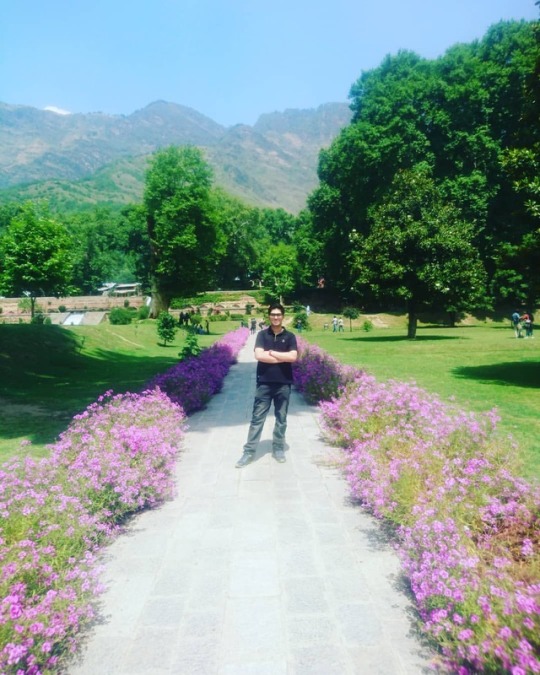
Beauty surrounds us but usually we need to be walking in a garden to know it -Rumi #Kashmir #paradiseonearth #gardens #Mughul #mughularchitecture #beauty (at Kashmir)
0 notes
Photo
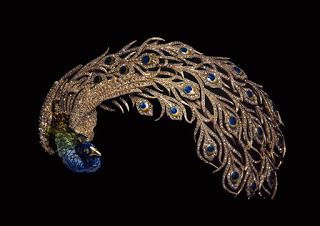
A PEACOCK BY MELLERIO AT THE GRAND PALAIS (PARIS)
From March 29th to June 5th, is presented at the Grand Palais a stunning jewellery and valuable objects selection from the 17th century (the Mughul period) to this day, through the exhibition « Jewels from the Al Thani Collection». Among these 300 pieces, here is the spectacular peacock brooch – made of enamel, gold and diamonds, created by Mellerio and bought in 1905 by the Maharaja of Kapurthala.
19 notes
·
View notes
Video
#painting #art #persian #royalflycather #mughul #indian #miniature #painting #putabirdonit #acrylic (at Brewing Market Coffee- Village)
1 note
·
View note
Link
Monsoon Hair Care Tips Straight From Dr Sajid Mughul
Why Does Hair Fall Occur In Monsoon?
As per Ayurveda, your health is dependent upon the equilibrium status of Vata, Pitta, and Kapha doshas, the three vital energies that govern all your bodily functionalities. Hair and scalp related problems arise when any of these three energies are imbalanced.
‘’The spike in humidity in the atmosphere hampers the movement of Vayu (air) throughout your body, resulting in the accumulation of Vata. The cool weather conditions of monsoon potentiate it more. Simultaneously, as Pitta governs the water component in your body, monsoons cause a mild increase in your Pitta levels too. This imbalance in Vata and Pitta disrupts Kapha levels, which leads to different disorders on your scalp during monsoons,’’ says Dr.
#BestSkinDoctorinPune#HairtransplantclinicinPune#SkinspecialistinPune#HairtransplantinPune#DermatologistinPune
0 notes
Text
The Woman Who Saved A Religion
The tenth and final Sikh guru, Gobind Singh, founded an egalitarian religious warrior community called the Khalsa in 1699. His father had been beheaded for refusing to convert to Islam, and Singh lived his life fighting the Muslim Mughul Empire. Four of his sons died before him, either fighting the Mughuls or executed by them. The Mughals were determined that this small new religion would submit, and convert. The Sikhs were literally fighting for survival.
In 1704, the Mughuls attacked the city of Anandpur. Under Gobind Singh, the Sikhs were initially victorious, so the Mughal emperor Aurangzeb sent a larger army, with two of his top generals. A full-out siege ensued. Water and food supplies were cut off, and multiple minor battles happened while the city slowly succumbed. At one point, about forty Sikh warriors deserted Gobind Singh, and returned home to their families.
According to legend a Sikh woman, Mai Bhago, heard of the desertions. She was not going to stand for it. Mai Bhago shamed the deserters to return, and fight, and she would join them. They all died in the fighting, and only Mai Bhago -- and Gobind Singh -- survived. In thanks for her heroism, Mai Bhago was made part of Singh's personal bodyguard.
387 notes
·
View notes